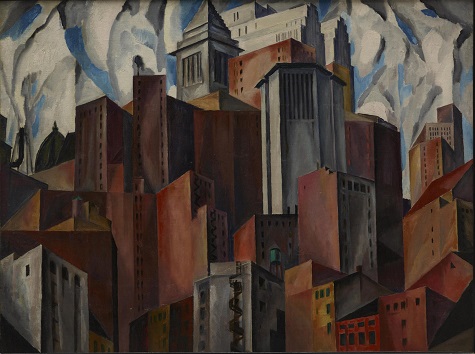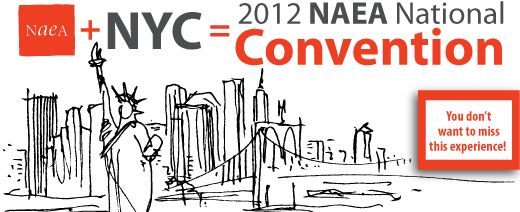
View from Macmillan Children’s Publishing Group located in the famous Flatiron Building
The annual DMA Arts & Letters Live planning trip to New York provides the foundation for each season of the DMA’s literary and performing arts series. During more than 30 meetings in five days at the end of July, Carolyn Bess and I learned which authors are generating a lot of buzz for their new books, and who will be on tour during our 25th anniversary season. These meetings provide a portal into the publishing world not yet revealed to the media or to the public. Here begins the dialogue regarding the authors and books publishers want to catapult into public conversation. We share statistics and successes from our recent events as we attempt to woo such “wish list” writers as Donna Tartt, Bill Bryson, and Nick Hornby. Authors often tour to a predetermined number of cities and only for a short time following their book release date, so there can be significant competition when it comes to securing them for Arts & Letters Live. We seek to balance the type of books, speakers, and performances we feature in each season to construct a mix of literary and historical fiction, poetry, memoir, nonfiction, pop culture, and emerging authors.
-
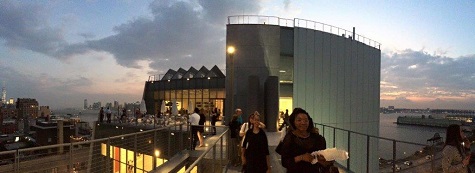
-
On top of the Whitney Museum of American Art
-
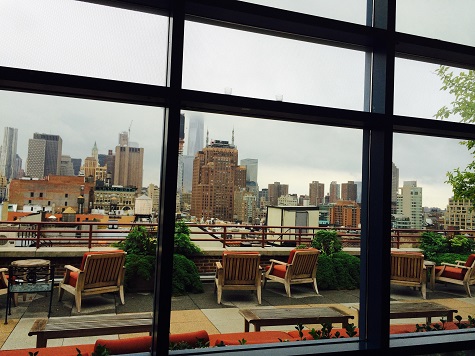
-
Scholastic headquarters
-
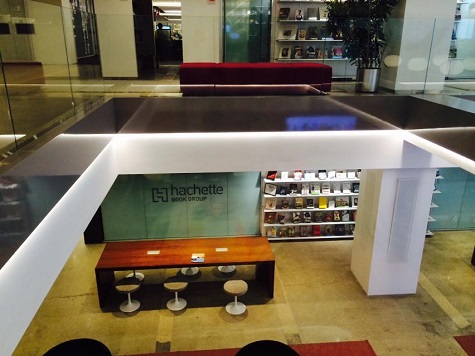
-
Hachette Book Group
-
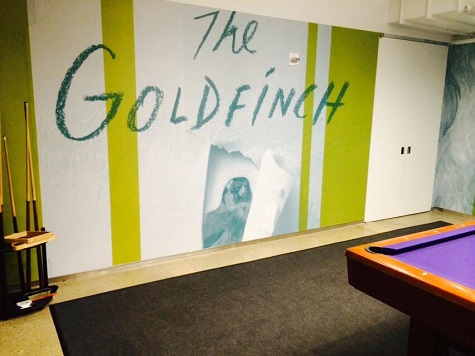
-
The “Pool Room” at Hachette Book Group
-

-
Murphy’s Cocktail at the Whitney
-
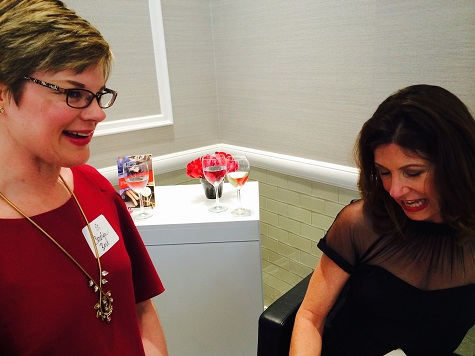
-
Carolyn Bess, Director of Programming and Arts & Letters Live, with author Paula McLain
-
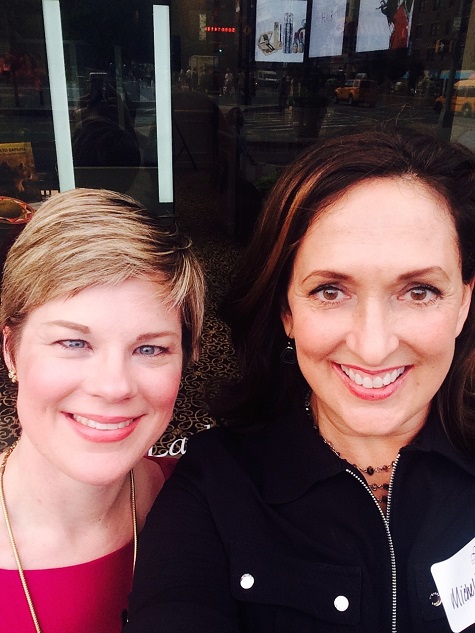
-
Carolyn Bess and Michelle Witcher in New York City
Though our meeting schedule certainly kept us busy, we managed to squeeze a few excellent cultural outings into our visit. The Tony Award-winning Broadway musical adaptation of Alison Bechdel’s acclaimed illustrated memoir Fun Home: A Family Tragicomic was excellent and would fit nicely into our Artful Musings category (if only Alison weren’t in such high demand these days!). We enjoyed seeing Gerald Murphy’s Cocktail on view in the glorious new Renzo Piano building of the Whitney Museum of American Art as we look forward to hosting Liza Klaussmann tomorrow night at the DMA for her new fictional account of Sara and Gerald Murphy in Villa America. On a Friday evening visit to the Metropolitan Museum of Art, we joined the Museum Hack tour for what their brochure terms “a highly interactive, subversive, fun, non-traditional museum tour.” Their strategy did not disappoint. During our three-hour tour, we learned obscure and whimsical tidbits about a select number of pieces in the Met’s collection and wandered the galleries after hours, inciting childhood fantasies of spending the night in the Met like Claudia in E. L. Konigsburg’s iconic novel, The Mixed Up Files of Mrs. Basil E. Frankweiler.
One of the things that impressed me most during these meetings was the number of times publishers commented on the excellent reputation of the Dallas Museum of Art and Arts & Letters Live. After working on events with publicists all year via phone and e-mail, it is gratifying to meet with them in person and to hear how much they appreciate the quality of events that we host at the DMA. The professional relationships built and fostered during this New York trip are a key component to Arts & Letters Live’s success.
Michelle Witcher is the Program Manager, Arts & Letters Live, at the DMA.
